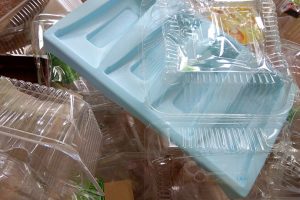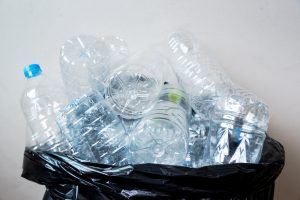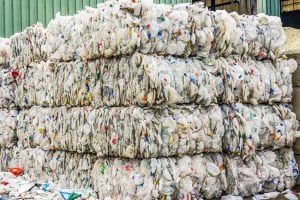
The QCP recycled plastics facility in the Netherlands is now partially owned by prime plastic producer LyondellBasell.
LyondellBasell, one of biggest plastic and chemical companies on the planet, has stepped into the plastics recycling sector for the first time. A high-level executive recently explained what drove the decision.



 A pyrolysis company converting post-consumer plastics into fuels and waxes will get a big boost from British oil and gas giant BP.
A pyrolysis company converting post-consumer plastics into fuels and waxes will get a big boost from British oil and gas giant BP.
 An Indiana-based recycled plastics broker will open a $2.3 million processing plant.
An Indiana-based recycled plastics broker will open a $2.3 million processing plant. A PET reclaimer will open its third recycling plant next year, adding another 100 million pounds of processing capacity.
A PET reclaimer will open its third recycling plant next year, adding another 100 million pounds of processing capacity.
 Canadian companies Emterra Group and Merlin Plastics are deepening their ongoing partnership, with an eye on the evolving world of corporate sustainability.
Canadian companies Emterra Group and Merlin Plastics are deepening their ongoing partnership, with an eye on the evolving world of corporate sustainability.